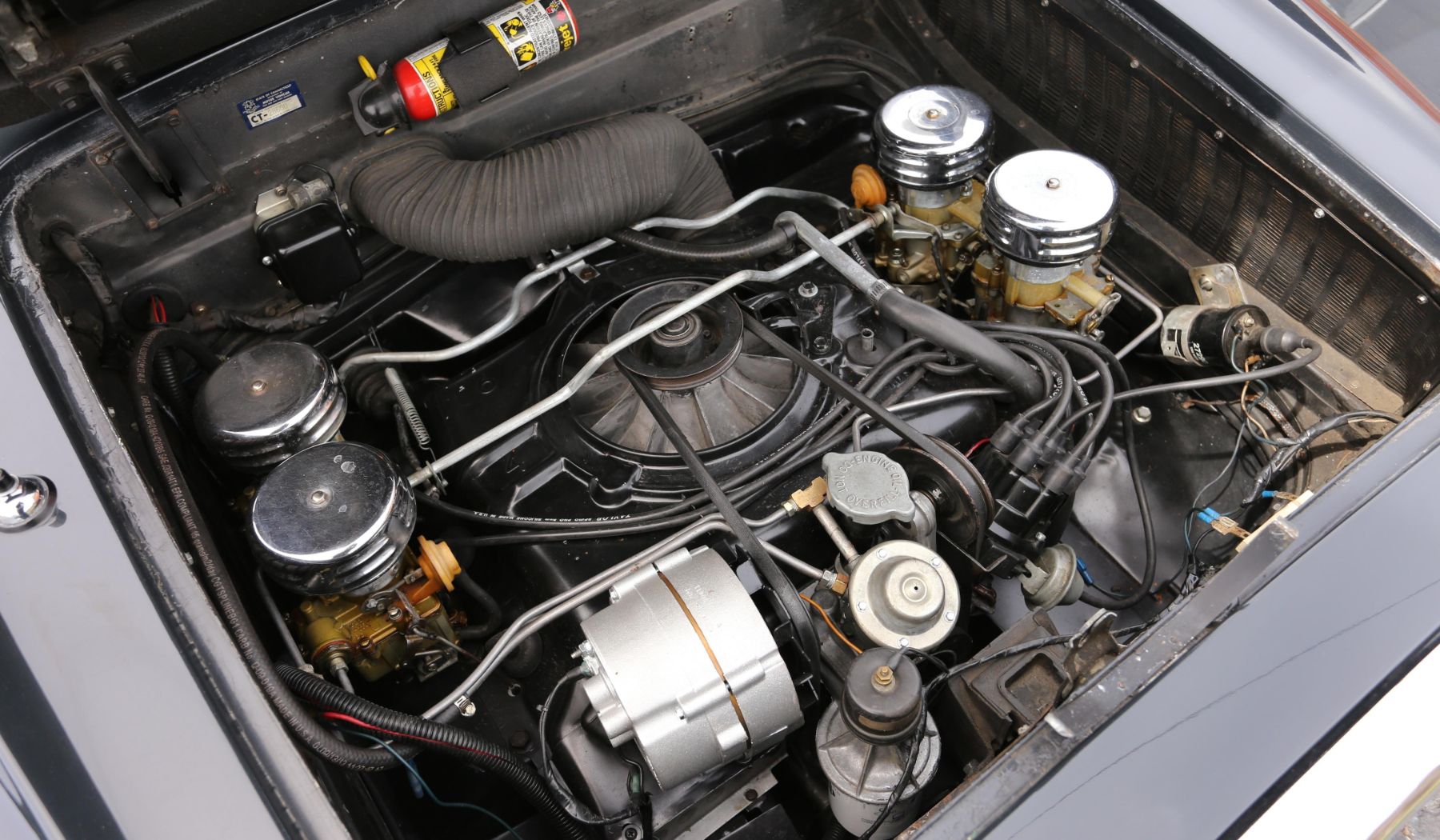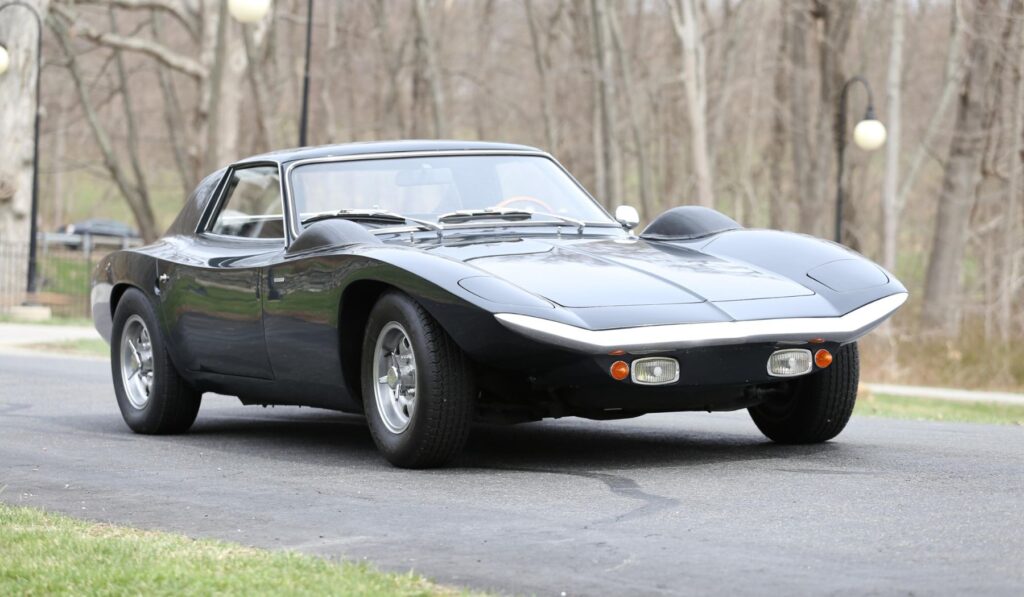The Phoenix, a sports car that looked like a smaller C3 Corvette, was born from a dream. Equipped with a rear-mounted, air cooled flat six engine and a fully independent suspension system, it was developed years after the Porsche 911, aiming to dethrone the Chevrolet Corvette. However, government regulations ultimately hindered its potential.
John Fitch, the man behind the Phoenix, was a legendary racing driver with a successful European career. He had a passion for building high-performance cars that excelled both on the road and the track. The Phoenix was his ambitious project to take the Corvair to a whole new level, incorporating Italian design elements and advanced engineering.
Despite its impressive performance and innovative design, the Phoenix faced challenges due to government regulations. These regulations, which were intended to improve safety, ultimately limited the production and popularity of the car. As a result, the Phoenix remains a relatively unknown but fascinating chapter in the history of American sports cars.
The Fitch Phoenix, a stunning 1960s American sports car with Italian flair, was born out of a collaboration between designer Bill Fitch and commercial artist Coby Whitmore. Initially conceived as a radical body for the Chevrolet Corvair, the project took a detour when Fitch was fascinated by the Intermeccanica Italia. Inspired by its high-quality craftsmanship, Fitch approached Intermeccanica’s owner, Frank Reisner, who agreed to bring the Phoenix to life.
Built on a shortened Corvair chassis, the Phoenix featured a dramatically low slung, aerodynamic body that resembled the C3 Corvette but was revealed two years before its production. The car’s most striking features included pop up headlights, a removable targa top, and distinctive side bulges that housed two spare tires, a feature designed to improve both aesthetics and aerodynamics.
Beyond its fascinating appearance, the Phoenix boasted impressive handling characteristics. Based on the Corvair’s independent suspension system, Fitch made significant improvements, including larger disc brakes and quicker steering. Powered by a tuned Chevrolet Turbo-Air 6 engine, the prototype was revealed at the 1966 New York Auto Show to enthusiastic acclaim.
Despite its promising debut and positive reviews, the Phoenix’s future was cut short by new government regulations. The National Traffic and Motor Safety Vehicle Act, implemented in 1968, required significant modifications to the car, including changes to its safety features. Coupled with the impending discontinuation of the Corvair, Fitch made the difficult decision to abandon the project.

Although the Phoenix never made it into production, its legacy lives on. The sole prototype remains a fascinating testament to Fitch’s vision, Intermeccanica’s craftsmanship, and the innovative spirit of the 1960s automotive industry.
Its unique blend of American muscle and Italian elegance continues to fascinate enthusiasts and collectors alike. The Phoenix serves as a reminder of the potential that was lost due to unforeseen circumstances, but also a testament to the enduring appeal of truly exceptional automotive designs.
Had it been produced, the Phoenix could have become a legendary sports car, competing with the likes of the Corvette and Porsche 911. However, even as a one-off prototype, it remains a significant milestone in the history of American automotive design.

